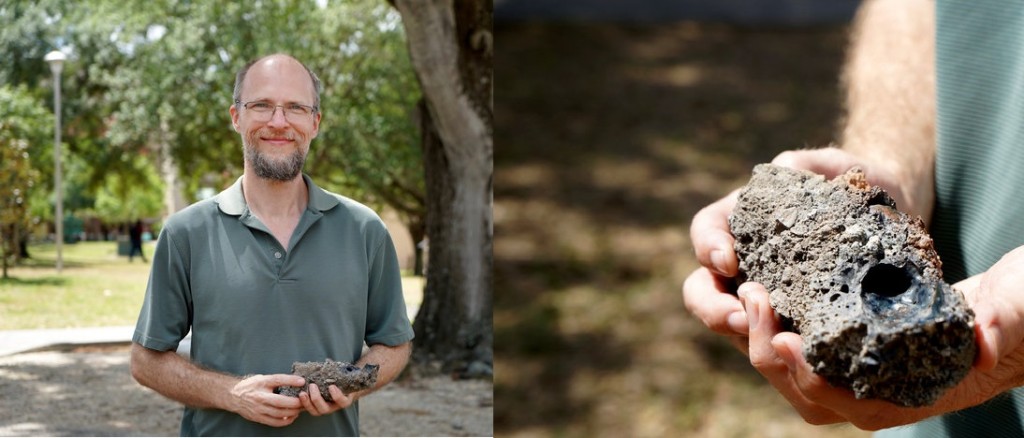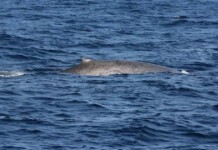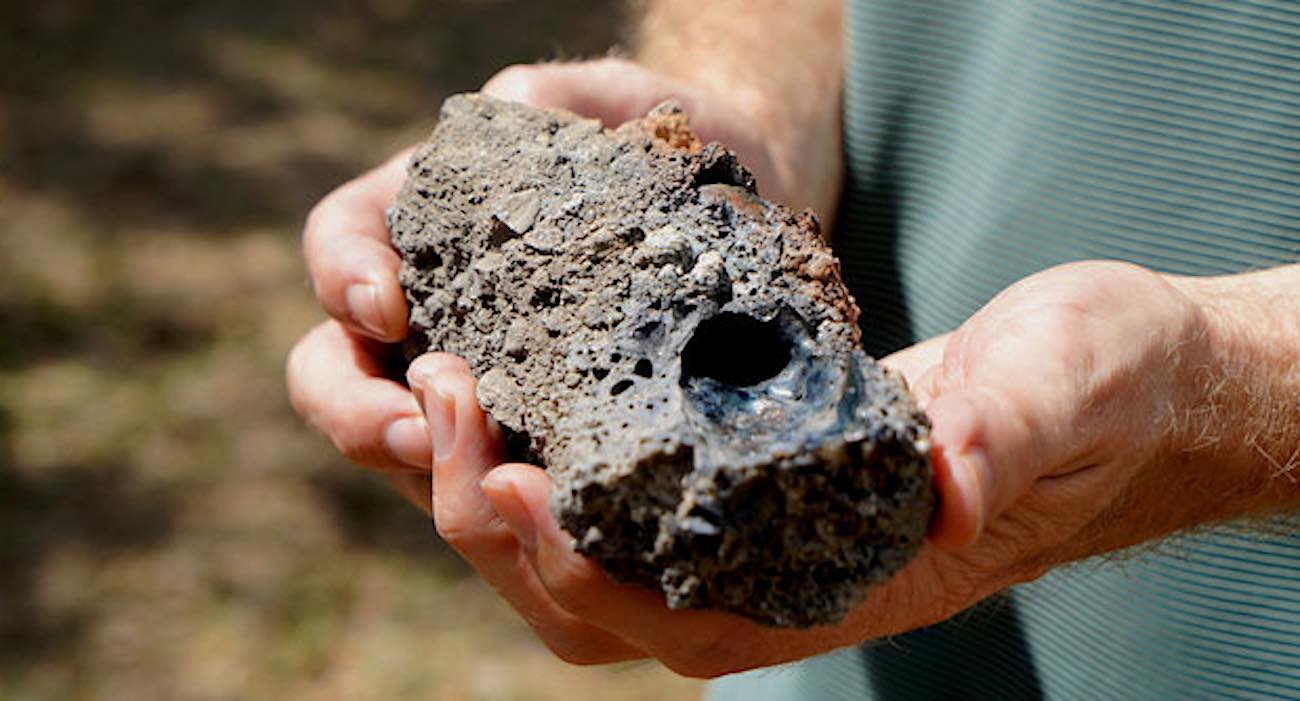
A lightning strike has produced a brand new phosphorus mineral, similar to that found on meteorites and in space.
The bolt created a chemical reaction in a rock, leading to what could be a member of a new mineral group, somewhere between space minerals and minerals found on Earth.
And researchers believe strikes like this one might have produced chemicals that kick-started life on Earth.
The find was made following the strike on a tree in New Port Richey, Florida, when a fulgurite was sold by the landowners to a geoscientist who then had it analyzed.
Fulgurites are formed by the high-energy electrical discharge of lightning through rock, soil, and sand, melting them all together in a small tube—effectively making a fossil out of a lightning strike.
Fulgurites have been studied in the desert landscapes of the Sahara to try and map out the weather patterns of a pre-desertified North Africa.
“When lightning strikes a tree, the ground typically explodes out and the surrounding grass dies, forming a scar and sending electric discharge through nearby rock, soil, and sand, forming fulgurites,” said Professor Matthew Pasek, from the University of South Florida.
“Minerals similar to it can be found in meteorites and space, but we’ve never seen this exact material anywhere.
The study containing the discovery was published in the journal Communications Earth & Environment, and came about after Professor Pasek teamed up with Luca Bindi, a professor of mineralogy and crystallography at the University of Florence in Italy.
Together, the team set out to investigate unusual minerals that bear the element phosphorus, especially those formed by lightning, to better understand high-energy phenomena.
Inside the fulgurite, which formed when lightning not only melted the iron in the tree roots, but also the carbon in the roots, a colorful, crystal-like matter revealed a material never before discovered.
Co-principal investigator Dr. Tian Feng, a graduate of USF’s geology program, attempted to remake the material in a lab but failed.
MORE GEOLOGICAL NEWS: China’s New Moon Rock Samples Contain Beautiful Crystal New to Geology
This indicates the material likely forms quickly under precise conditions, and if heated too long, will turn into the mineral found in meteorites.
“Previous researchers indicate that lightning reduction of phosphate to have been a widespread phenomenon on the early Earth,” said Dr. Feng.
“However, there is an environmental phosphite reservoir issue in Earth that these solid phosphite materials are hard to restore.”
MORE SCIENCE NEWS: Man Finding an American Lion Tooth Fossil in Shallow Mississippi is ‘the Biggest of Deals‘ to Scientists
Dr. Feng said this research may reveal other forms of reduced minerals are plausible and many could have been important in the development of life on Earth.
Professors Pasek and Bindi plan to further investigate the material to determine if it could be officially declared a mineral and bring additional awareness to the scientific community.
SHARE This Cool Bit of Science With Your Friends…





















It’s possible to artificially create lightning.
Wouldn’t it be amazing if this phosphorous mineral and it’s simulated production be viable for use in batteries?